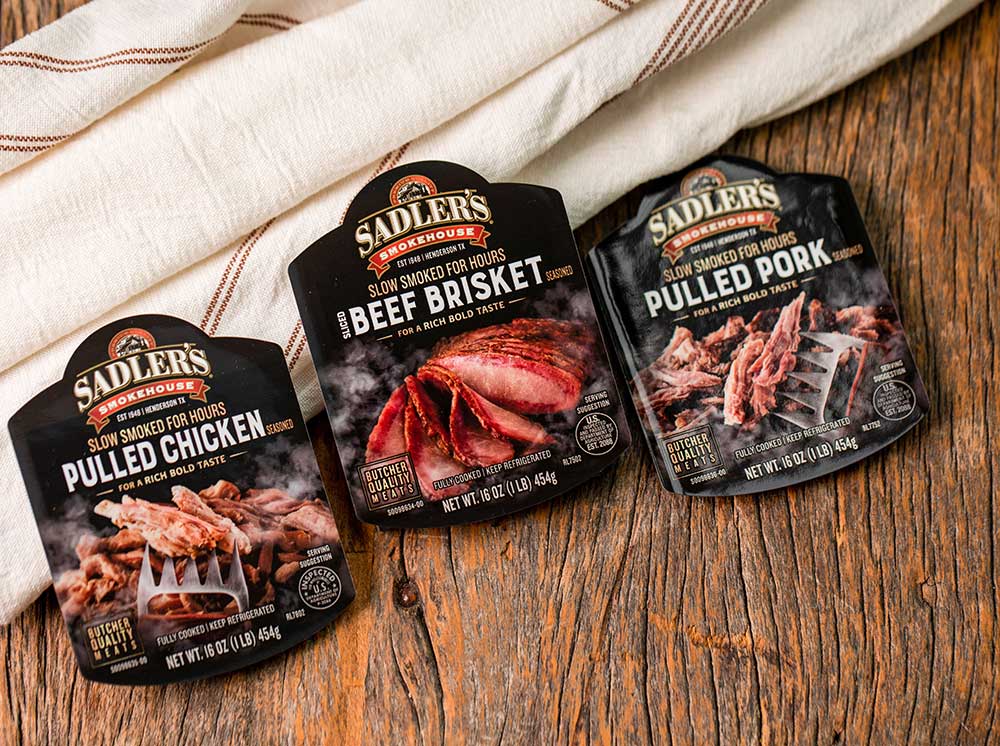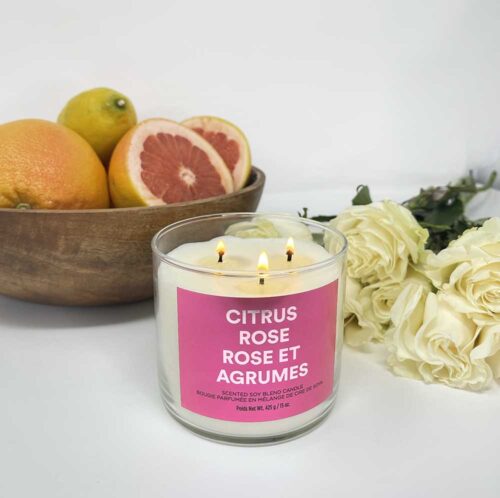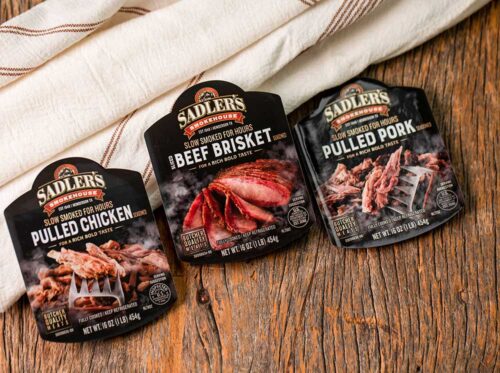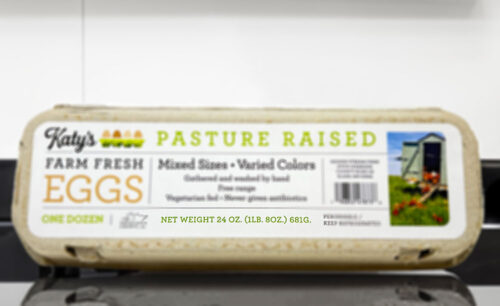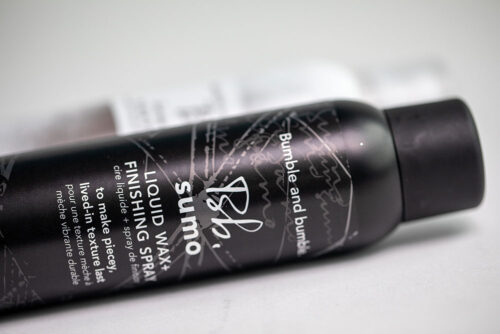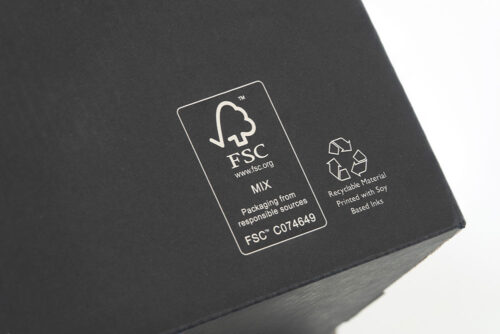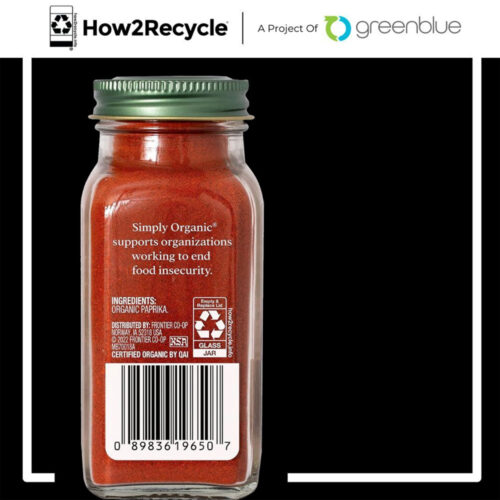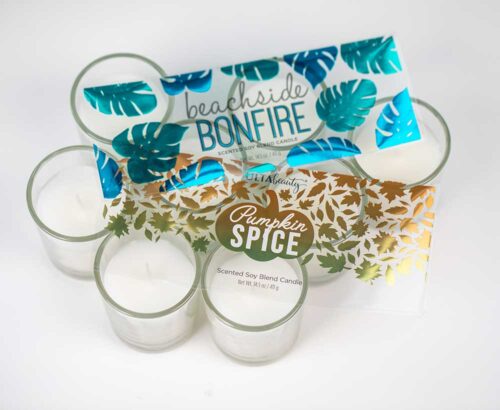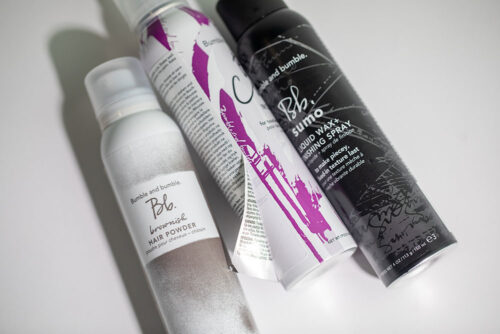Custom Product Labels: 13 Key Parts to Make Yours Stand Out
Custom product labels are one of the first ways your brand connects with customers. A great label builds trust, shares key info, and helps your product stand out on the shelf. For companies like Meyers, a third-generation family-owned business with over 70 years of experience in sustainable packaging and labeling solutions, creating effective custom product labels is both an art and a science.
The best pressure sensitive labels contain all the information consumers need while maintaining visual appeal. When your brand communicates effectively through your labels, you build confidence with both your target market and regulatory agencies—especially important for food and pharmaceutical products that must comply with numerous regulations.
In this article, you’ll learn about the 13 most important elements to include when designing your custom product label.
Need help with custom product labels
that reflect your brand and meet regulatory standards?
1. How Custom Product Labels Use Appetite Appeal to Attract Buyers
For food products, visual appeal is paramount since the label is often the first thing consumers notice. Effective food labels incorporate elements that entice shoppers to put products in their carts. This could be a high-quality photo of the product or an attractive image of the ingredients using colors that appeal to your target audience.
2. Choosing Fonts That Strengthen Your Consumer Packaging Labels
Fonts are a crucial component of your product label design that helps create a professional brand image and add personality. Distinctive typography makes your brand instantly recognizable and reduces the chance of customers confusing your products with competitors’. One glance at your label’s fonts, colors, or finishing touches should be enough for shoppers to identify your brand.
3. Why Your Brand Name Matters on Custom Product Labels
Your brand name is a non-negotiable element that represents your identity to consumers. When possible, place your brand name prominently on both the front and back of your product. Keep in mind that your brand name might differ from your company name—ensure the two don’t conflict with each other.
4. How to Display Product Names on Consumer Packaging Labels
Like your brand name, the product name needs prominent placement on your pressure sensitive label. Beyond visibility, descriptive text helps buyers understand what to expect from your product. Is it for children, adults, or both? Make sure your product name or description clearly communicates this information.
5. Effective Labels Start with Accurate Product Size Details
Customers rely on size information to understand how much product they’re purchasing and how many units they may need. For most consumer products, the Fair Packaging and Labeling Act (FPLA) requires the net quantity of contents to be stated clearly on the front of the package. This must typically be expressed in both U.S. customary units (like ounces, pounds, or fluid ounces) and metric units (grams, liters, etc.).
For certain items—such as candy bars, tableware, or batteries—product size can also refer to the count or number of units inside the package. Whether you’re listing volume, weight, length, or quantity, ensure that the information is easy to read and accurate, as this helps consumers make informed buying decisions and supports regulatory compliance.
Want to make sure your product labels are compliant?
Our team at Meyers can help you get it right from the start!
6. Using Series Names and Batch Numbers to Enhance Product Labels
A series name can indicate that an item is part of a product collection or that it comes from a small production run with a unique batch number. The latter creates the perception of a craft or specialty item that isn’t mass-produced—making it seem more premium and desirable to consumers.
7. What Company Info to Include on Your Custom Product Labels
If consumers want to contact you—whether to offer compliments or address concerns—they need a way to reach you. Include your company name, city, state, zip code, phone number, and any other relevant communication channels on your packaging. This information builds trust and demonstrates transparency with your customers.
8. How to Use Barcodes & QR Codes on Product Labels
Universal product codes (UPCs) allow stores to scan and identify your products. Two-dimensional (2D) barcodes are excellent for storing and tracking inventory data or facilitating quality control inspections. QR codes offer even more versatility, making it easy to share company information or promotional messages directly with customers’ mobile devices.
9. Certifications That Add Credibility to Product Labels
Depending on your industry, you may need to highlight any relevant certifications your product has earned. For example, food products might carry cruelty-free or certified organic certifications to attract specific customer segments. Paper manufacturers might include Forest Stewardship Council (FSC) or Sustainable Forestry Initiative (SFI) certifications to demonstrate their commitment to sustainable practices—a growing priority for today’s eco-conscious consumers.
10. How to Add Nutritional Information to Product Labels for FDA Compliance
The Food and Drug Administration (FDA) requires food manufacturers to indicate the nutrients in their products and their corresponding percentages to guide consumers on their nutritional intake. Nutrition labels must present clear and accurate information following the FDA’s prescribed format.
From nutrition facts to FDA compliance, Meyers creates
custom product labels built for regulated industries.
11. Why Recycling Info Matters
With sustainability becoming increasingly important to consumers, providing information on how to recycle your product packaging and label can encourage environmentally responsible behavior. This demonstrates your commitment to eco-friendly practices while helping customers do their part.
12. Cooking or Food Preparation Instructions
For food products, don’t assume what shoppers know. Provide clear, step-by-step instructions on how to cook or prepare your food product, including cooking time, temperature, and other helpful tips that enhance the customer experience.
13. Expiration Date Label Compliance
The FDA requires “Use By” date labels on products such as infant formula, indicating when the product “contains no less than a minimum amount of each nutrient identified on the product label.” For other consumer products like packaged food and medicines, the phrase “Best if Used By” indicates the date by which the product’s quality will remain at its best.
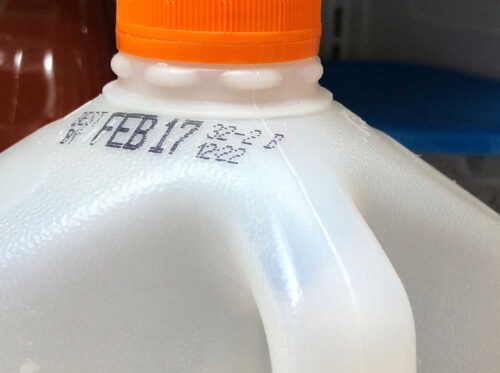
Bringing Your Custom Product Labels to Life
The Role of Effective Product Labeling
Effective product labeling serves multiple purposes: educating consumers, differentiating your products from competitors, and improving brand recognition. Whatever you hope to accomplish with your custom product labels, both form and function must be considered.
Expert Label Printing Backed by Decades of Experience
At Meyers, our experts bring your custom product labels to life with professional printing solutions that emphasize ease and efficiency. We offer roll labels designed for bulk applications that can be applied quickly using label dispensers—perfect for businesses needing to label large quantities in a short timeframe.
Durable Materials for Real-World Demands
Our white premium label paper options include gloss or matte lamination that enhance oil and water resistance, making them suitable for various labeling needs—from food packaging to personal care and more.
Fast Turnaround with a Personal Touch
With efficient turnaround times and options like “Next Business Day” service, we ensure your labels are ready within 24 hours (excluding weekends and holidays). As a mid-sized family business with over 70 years of experience, Meyers offers the perfect balance of scale, flexibility, and expertise—big enough to deliver, small enough to care.
Understanding Custom Product Labels
Custom product labels are a crucial aspect of packaging that play a significant role in capturing your target audience’s attention. They do more than just add a logo to your merchandise; they communicate valuable information to consumers and increase brand recognition. Product labels add polish to your products and help you stand out from the competition.
With various label sizes, shapes, and materials available, you can choose the perfect label to suit your specific requirements. Whether you need labels for cosmetics, food packaging, or any other product, the right label can make a significant difference in how your product is perceived.
Designing Product Labels
Designing product labels requires careful consideration of several factors, including your industry, regulations, and target audience. Effective labels not only look good—they communicate essential information clearly and build trust with consumers.
Strong label design helps achieve this by balancing visual appeal with functionality. The most successful product label designs use space wisely, feature legible fonts, and present information in a way that’s easy to understand at a glance. Depending on your product, you might choose a single large label or use front and back labels to organize details. Either way, effective product label designs ensures your packaging stands out on the shelf while meeting industry requirements.
Product Label Components
A standard product label includes important details such as the product name, ingredients, nutritional information, and manufacturer’s information. Industry regulations must be followed for specific product types, and requirements depend on the type of product.
For example, the Fair Packaging and Labeling Act (FPLA) requires labels on household consumer commodities to include information such as the net quantity of contents, the name and place of business of the manufacturer, packer, or distributor, a statement of ingredients, and the net weight or measure. Ensuring all these components are present and accurate is crucial for compliance and consumer trust.
Printing and Production
Product label printing plays a critical role in how your product is perceived and how well it performs in its intended environment. Labels provide essential information about your product or brand and must remain intact, legible, and visually appealing throughout the product’s lifecycle.
Labels can be printed on a variety of durable materials, each suited to different needs—from indoor storage to exposure to moisture, oil, or sunlight. When planning your product labels, it’s important to choose materials that match the product’s use case. Consider factors like durability, water resistance, and UV resistance to ensure your labels maintain their appearance and performance over time.
At Meyers, we understand the technical requirements behind effective product labeling and can help you select the ideal materials and finishes to meet your brand’s goals and industry standards.
Ready to start your next label printing project?
Request a quote from Meyers
Get in Touch for Your Labeling Needs
Ready to optimize your labeling strategy with pressure sensitive labels that enhance your product experience and brand image? Contact Meyers today to discuss your custom pressure-sensitive label needs. Our team of experts will help bring your vision to life with solutions tailored to your specific packaging requirements.

